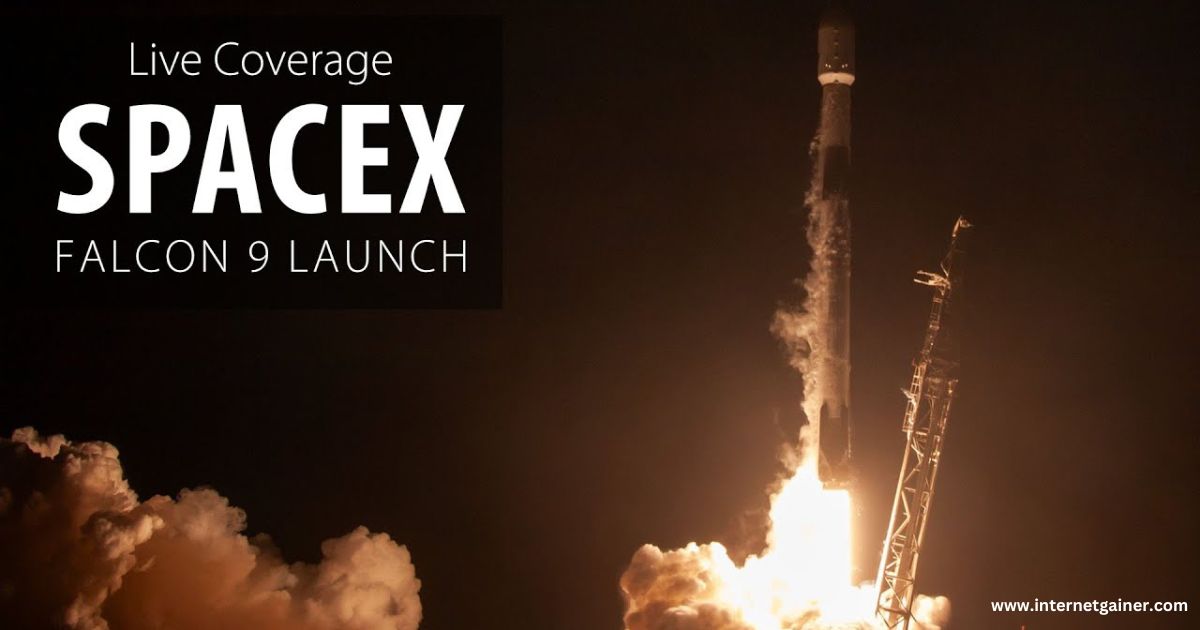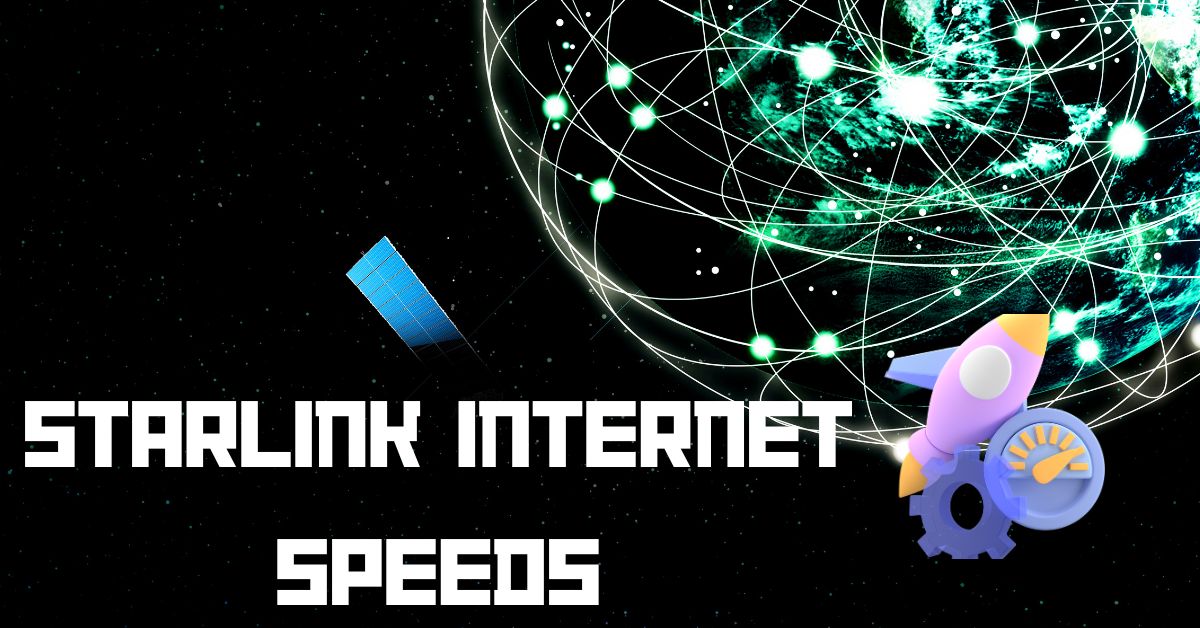Starlink, operated by SpaceX, has revolutionized internet access by providing high-speed, low-latency satellite internet, particularly for rural and remote areas where traditional broadband options like cable or fiber are unavailable. However, its innovative technology comes with a unique pricing structure that includes upfront equipment costs and monthly subscription fees. If you’re considering Starlink for your home, RV, or maritime adventures, understanding the costs is crucial. This article breaks down Starlink’s pricing, plans, and additional fees to help you determine if it’s the right choice for your connectivity needs.
Overview of Starlink Wi-Fi Plans
Starlink offers a variety of plans tailored to different use cases, including residential, mobile, and business applications. Below is a detailed look at the primary service plans and their associated costs, based on the most recent information available as of July 2025.
1. Residential Plans
Starlink’s Residential plans are designed for households in fixed locations, particularly in rural or underserved areas. These plans provide unlimited standard data but may experience slower speeds during peak hours due to network congestion.
-
Residential Lite:
-
Monthly Cost: $80
-
Speeds: 50–100 Mbps download
-
Details: This plan is more affordable but less widely available and subject to de-prioritization during peak hours, which may result in slower speeds. It’s ideal for light internet users in low-congestion areas.
-
Availability: Limited to specific regions with lower network demand.
-
-
Residential:
-
Monthly Cost: $120
-
Speeds: 150–250 Mbps download
-
Details: The standard plan for most home users, offering higher speeds and priority over the Lite plan. It’s suitable for streaming, gaming, and remote work.
-
Availability: Widely available across the U.S. and over 100 countries.
-
-
New York Low-Income Plan:
-
Monthly Cost: $15
-
Speeds: Similar to the Residential plan (150–250 Mbps)
-
Details: Available for New York residents who qualify based on income or participation in federal assistance programs. This plan still requires the standard equipment purchase.
-
2. Roam Plans
Starlink Roam (formerly Starlink RV) is designed for users who need internet on the go, such as campers, RVers, or those traveling regionally or globally. These plans support in-motion use in approved regions.
-
Roam 50GB:
-
Monthly Cost: $50
-
Speeds: 25–100 Mbps download
-
Details: Limited to 50GB of priority data per month, with additional data available at $1 per GB. Ideal for occasional travelers or weekend trips.
-
Availability: Can be used anywhere Starlink has coverage, including regional and international travel.
-
-
Roam Unlimited:
-
Monthly Cost: $165
-
Speeds: 25–100 Mbps download
-
Details: Offers unlimited standard data, similar to the Residential plan, but designed for mobile use. Suitable for full-time RVers or remote workers on the move.
-
Availability: Supports regional and global roaming, including coastal waters with optional Ocean Mode.
-
3. Priority (Business) Plans
Starlink’s Priority plans cater to businesses, mobile businesses, or users needing higher performance and priority access. These plans are more expensive and often require specialized equipment.
-
Priority 50GB:
-
Monthly Cost: $250
-
Speeds: 150–500 Mbps download
-
Details: Includes 50GB of priority data, with additional data at $1–$2 per GB. Best for small businesses or mobile operations requiring consistent speeds.
-
Availability: Available for land and maritime use.
-
-
Priority (Higher Tiers):
-
Monthly Cost: Up to $5,000 for maritime or high-data plans
-
Speeds: Up to 500 Mbps download
-
Details: Designed for enterprise users, emergency response, or maritime applications with high data needs. These plans are niche and not suitable for typical residential users.
-
4. Maritime Plans
For users on boats or in international waters, Starlink offers Maritime plans with similar pricing to Priority plans, starting at $250 per month for 50GB of priority data. These require the Flat High-Performance kit, which costs $2,500.
Equipment Costs
Starlink’s service requires a one-time purchase of a Starlink kit, which includes a satellite dish, Wi-Fi router, power supply, cables, and a tripod or mount. Unlike competitors like HughesNet or Viasat, Starlink does not offer equipment leasing; you must purchase the hardware outright. However, Starlink occasionally offers promotions to reduce costs.
-
Standard Kit:
-
Cost: $349 (occasionally $199 for refurbished units or $0 with a 12-month Residential plan commitment in select markets)
-
Details: Suitable for Residential and Roam plans. Includes a Wi-Fi 6 router for high-speed, low-latency connectivity.
-
Shipping: $50–$100, depending on location.
-
-
Starlink Mini Kit:
-
Cost: $449–$599
-
Details: A compact, portable option for Roam plans, ideal for travel or off-grid use. Includes a built-in Wi-Fi router and supports speeds over 100 Mbps.
-
-
Additional Costs:
-
Congestion Charge: In high-demand areas, a one-time fee of $0–$500 may apply to manage network capacity.
-
Mounts and Accessories: Additional mounts or installation gear may cost $50–$200, depending on the setup.
-
Starlink offers free professional rooftop installation in select areas, but self-installation is straightforward with the Starlink app, which helps find an unobstructed view of the sky.
Additional Considerations
-
Promotions: Starlink frequently runs promotions, such as $0 equipment costs with a 12-month commitment or discounted kits in low-demand regions. For example, new U.S. users in low-congestion areas may receive a $100 Regional Savings credit, while Canadian users may get $200 CAD.
-
No Contracts: Starlink’s plans are month-to-month, allowing you to pause or cancel service without penalties.
-
Data Policies: Residential and Roam Unlimited plans offer unlimited standard data, but speeds may slow during peak hours (7 a.m.–11 p.m.) if you exceed 1TB of priority data per month. Additional priority data can be purchased at $0.25–$2 per GB, depending on the plan.
-
Availability: Starlink covers over 99.7% of the U.S. and 130 countries, but some areas may be “sold out” due to network congestion. Check availability on Starlink’s website.
Comparing Starlink to Alternatives
Starlink’s pricing is higher than traditional satellite providers like HughesNet and Viasat, which offer plans starting at $15–$50 per month but with slower speeds (25–50 Mbps) and higher latency (500–750ms). Starlink’s low Earth orbit (LEO) satellites provide lower latency (25–50ms) and faster speeds, making it ideal for streaming, gaming, and video calls. However, in urban areas with access to fiber or cable internet, these alternatives often provide faster speeds (up to 1 Gbps) at lower costs ($40–$80 per month).”web:20⁊
For rural users, Starlink’s higher cost is often justified by its performance. For example, users report download speeds of 100–200 Mbps with minimal throttling, compared to the 25 Mbps cap of HughesNet. Additionally, Starlink’s unlimited data and easy setup make it more appealing than competitors with strict data caps.
Is Starlink Worth the Cost?
Starlink’s pricing, starting at $80–$150 per month plus a $349–$599 equipment fee, is a significant investment. However, for those in rural or remote areas with limited broadband options, Starlink offers unmatched speeds, low latency, and flexibility. The Residential plan at $120 per month is ideal for most households, while the Roam plans ($50–$165) cater to travelers. Business and Maritime plans are niche, serving high-priority or in-motion needs at a premium.
If you have access to fiber or cable internet, these may be cheaper and faster. But for those in cellular or broadband dead zones, Starlink’s ability to deliver reliable internet anywhere makes it a game-changer, despite the upfront costs. Always check availability and promotions on Starlink’s website to maximize savings.
Conclusion
Starlink Wi-Fi costs range from $50 to $5,000 per month, depending on the plan, with equipment fees starting at $349. The Residential plan ($120/month) and Roam Unlimited ($165/month) are the most popular for home and mobile users, respectively, offering speeds of 25–250 Mbps and low latency. While expensive compared to traditional ISPs, Starlink’s global reach, unlimited data, and easy installation make it a top choice for rural, remote, or mobile users. To get started, visit Starlink’s website to check availability and explore current promotions for potential savings.


